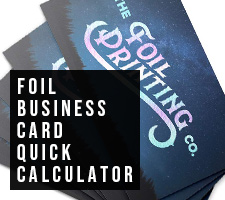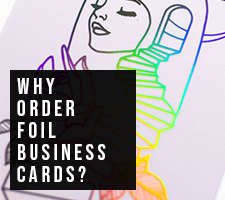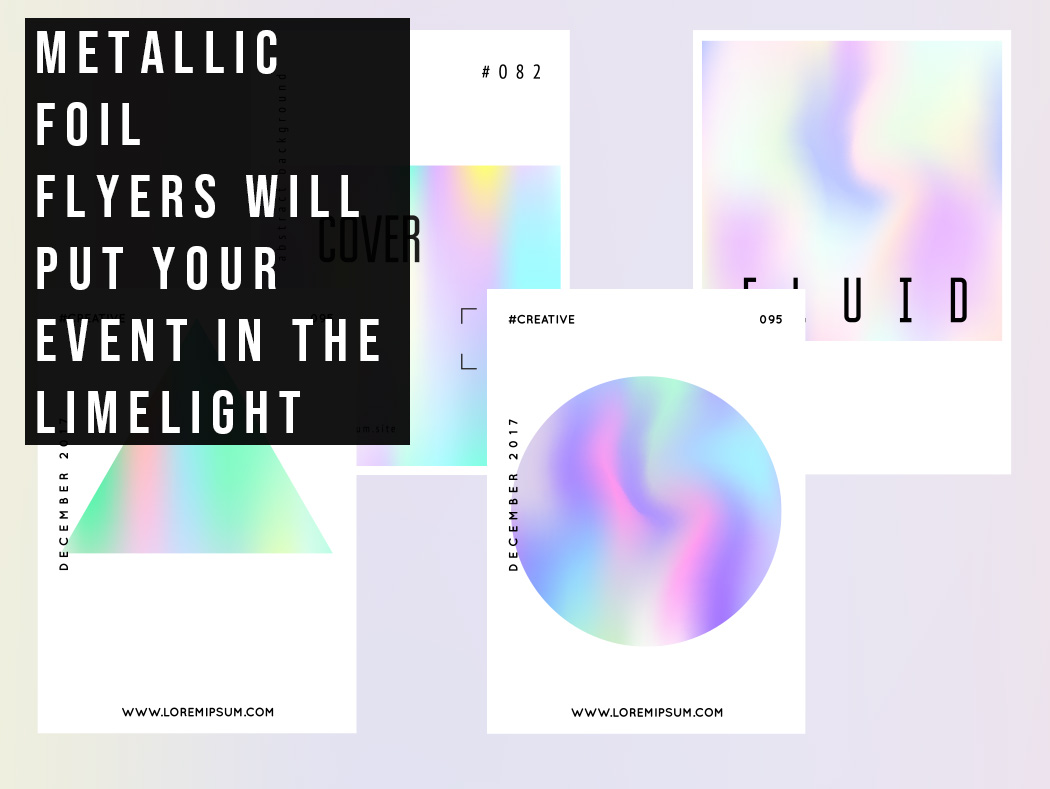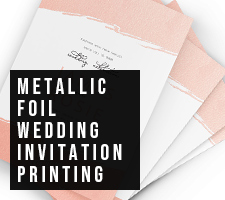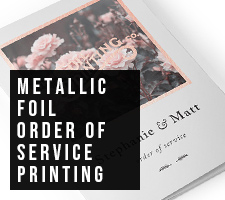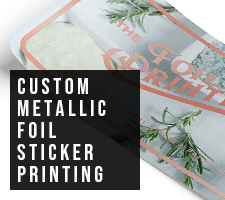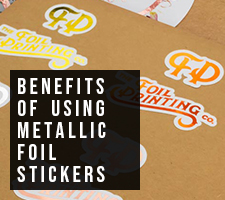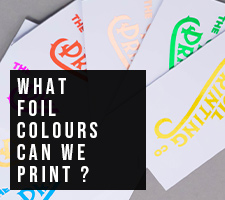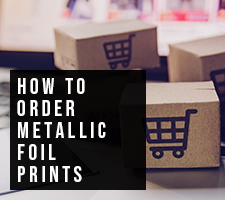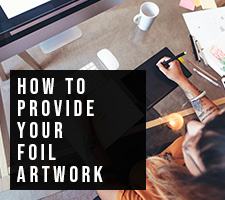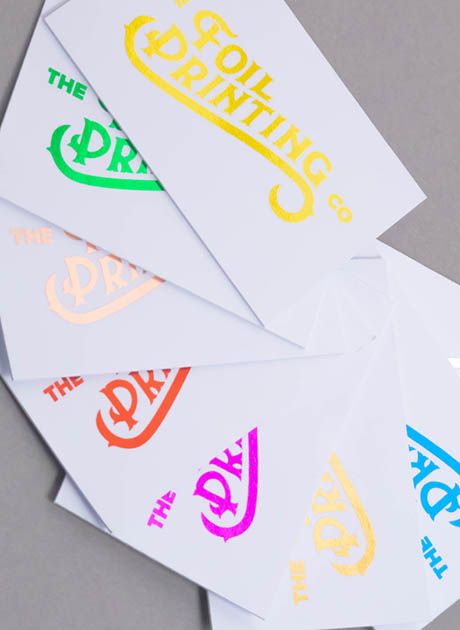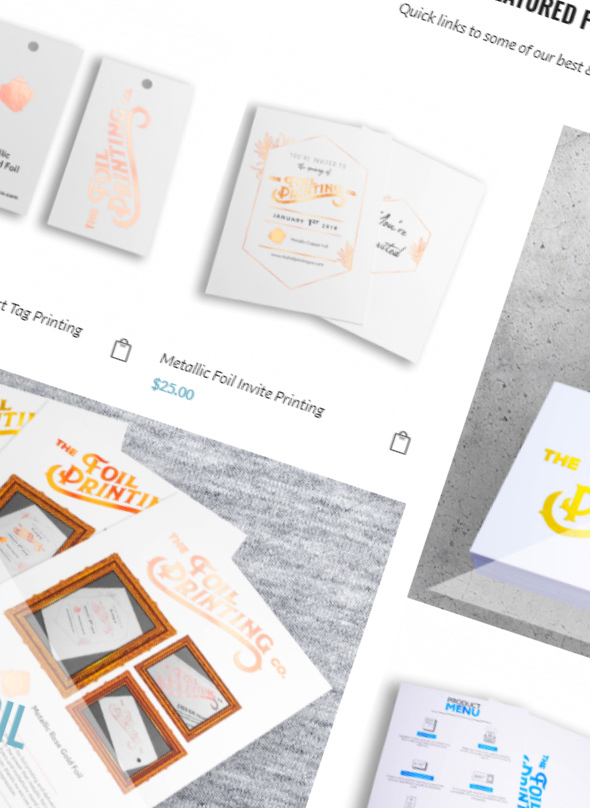Printed Metallic Business Cards vs. Hot Foil: Which One Shines Brighter?
In today’s competitive world, your custom business card needs to do more than just display your contact information, it needs to shine. It should be something that people want to keep, not something that ends up in the bottom of a desk drawer or, god forbid, the dustbin. One of the best ways to make your business card stand out is by adding a metallic finish. But which type of metallic finish is best – metallic ink or hot foil? Both options can give your cards a unique, high-end look, but the differences between them are well worth exploring.
Let’s break down the differences and help you decide which method will make your business card truly shine.
What’s the Difference Between Metallic Ink and Hot Foil?
Both techniques will give your business card a metallic leg-up, but the process and results vary greatly. The main difference comes down to how the metallic effect is achieved. Metallic ink involves mixing tiny metal particles into ink, whereas hot foil uses heat and pressure to apply a layer of reflective foil onto your card. The final choice between the two depends on how much shine you want, the durability you need, and the overall effect you’re going for.
Ready to dive deeper into each process? Let’s get into it.
Metallic Ink Business Cards: How Are They Made?
Metallic ink business cards are crafted using special ink infused with particles of metals such as aluminium, gold, or copper. When applied to paper, these particles reflect light and create a subtle metallic sheen. The more layers of ink applied, the stronger the metallic effect becomes.
After printing, a layer of varnish or laminate is typically added to protect the ink, ensuring your cards last longer and don’t crack over time. However, this added protection can cull the shine, giving the card a more understated finish compared to the glitz of hot foil.
Pros:
- Can be printed with CMYK colours for more flexibility
- A cost-effective option.
- Creates a soft, elegant metallic effect.
Cons:
- The metallic finish is more subtle and may require multiple layers for a noticeable effect.
- Less reflective than hot foil.
- Requires a protective layer to prevent cracking, which can dull the metallic effect.
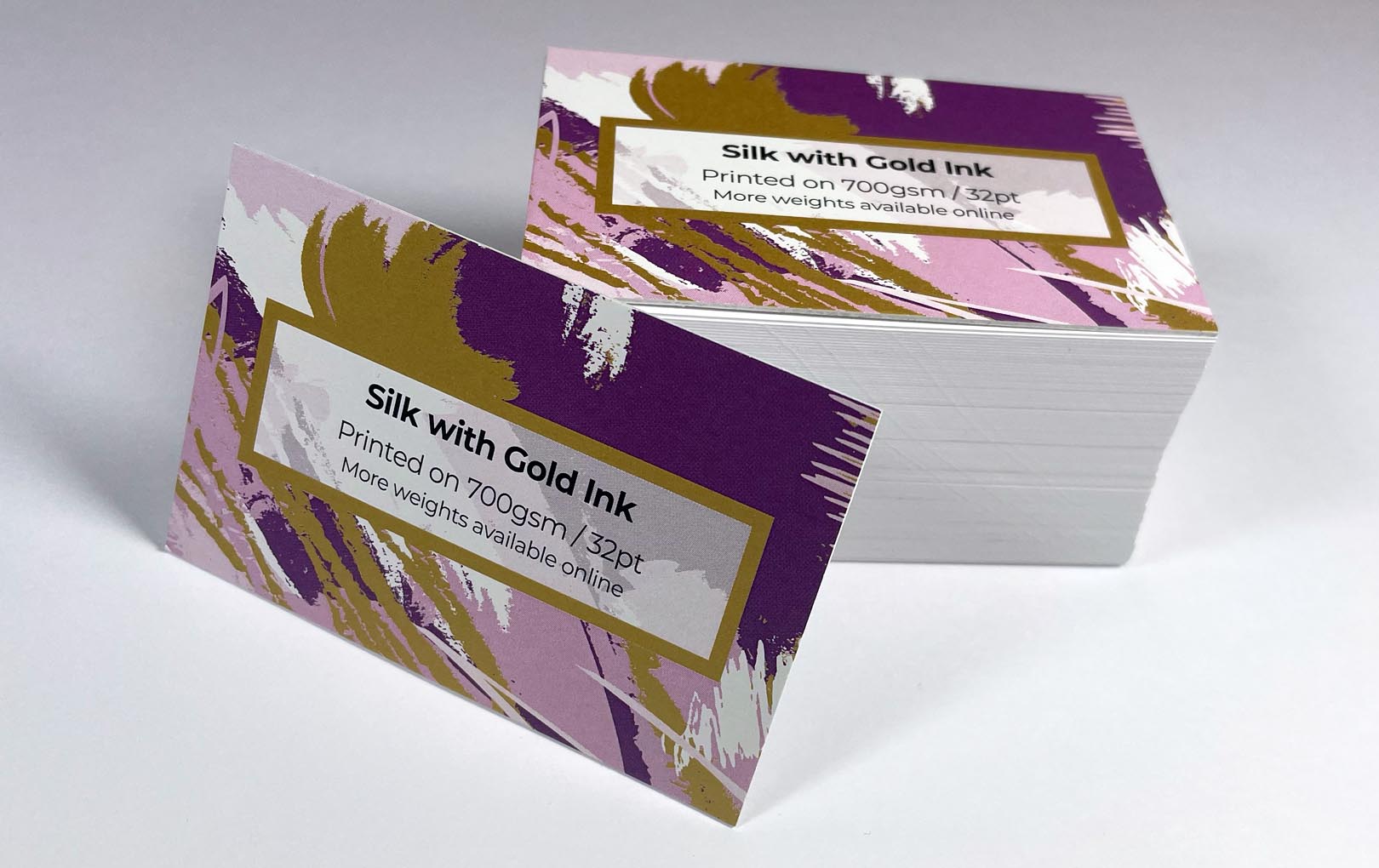

Hot Foil Business Cards: How Are They Made?
Hot foil business cards are created using a process called stamping, where sheets of metallic foil are applied to your card using heat and pressure. The result? A gleaming, high-shine effect that sits on top of your chosen paper stock, creating a luxurious, mirror-like finish.
Foil stamping works by pressing a design, printed with toner, onto the card. The toner acts as an adhesive that, when heated, binds to the foil. The foil sheets themselves come in a variety of striking colours – gold, silver, copper, and more – offering endless possibilities for creating stunning business cards that really turn heads.
Pros:
- Highly reflective and eye-catching.
- Creates a bold, luxurious finish.
- Consistent shine across all paper types.
- Foil colours are vibrant and opaque, perfect for dark or textured backgrounds.
Cons:
- Higher cost due to the specialised materials and machienary involved.
- Limited to the colours of foil sheets available.
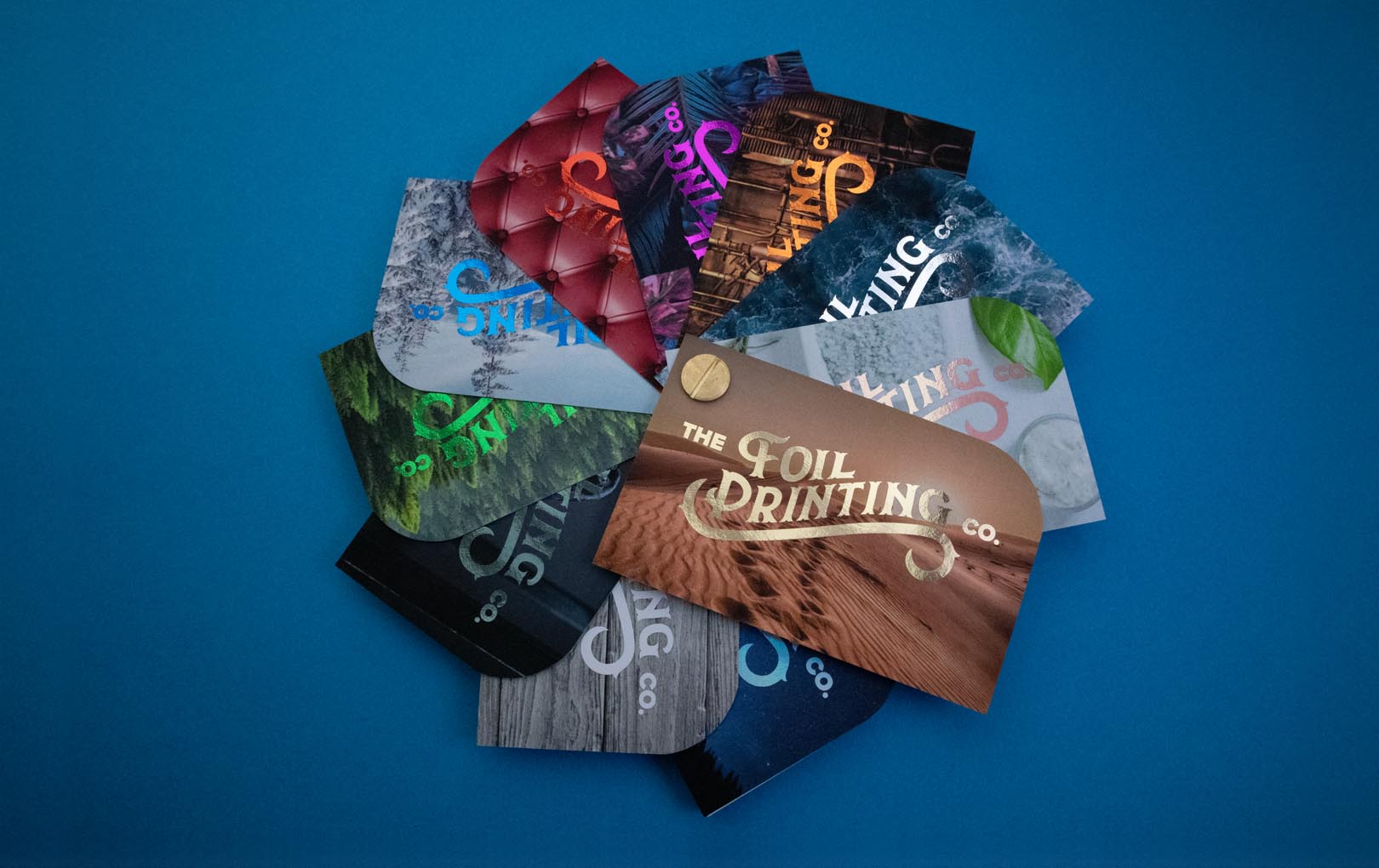

Metallic Ink Vs. Hot Foil: Which is Really Best?
Now we’ve covered the basics, let’s dive deeper into how these two methods compare in terms of shine, durability, colour range, and cost.
1. Which is the Most Reflective?
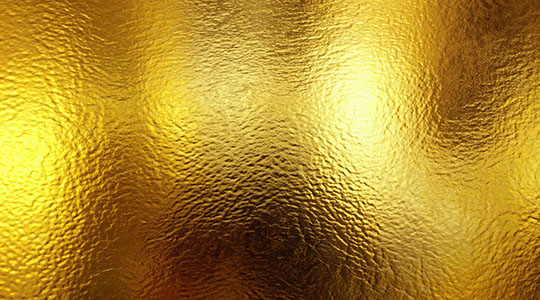

When it comes to shine, hot foil wins hands down. The foil’s reflective surface gives off a mirror-like finish that bounces light beautifully, ensuring your card grabs attention the moment it’s seen. This consistent and bold shine remains the same regardless of the paper type, so you can be sure your design will always look as sharp as you intended.
On the other hand, metallic ink is more subdued. The tiny metal particles embedded in the ink reflect light unevenly, which can result in a softer, more diffused shine. Multiple layers of ink might be needed to achieve a more noticeable metallic effect, but even then, the result is still more subtle than hot foil.
Winner: Hot foil for maximum shine and impact.
2. Which is more durable?
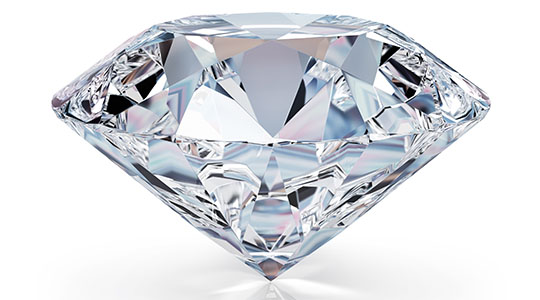

If durability is a concern, hot foil also takes the crown. Since the foil is applied as a solid, opaque layer, it’s much more resilient to wear and tear compared to metallic ink. Plus, the foil sits on top of the paper, so it’s less affected by those pesky environmental factors.
Metallic ink, while beautiful, is prone to cracking over time, especially without a protective varnish. The metal particles in the ink can react to air, causing the ink to degrade. The varnish prevents this but, as mentioned above, can reduce the metallic effect.
Winner: Hot foil for longevity and durability.
3. Which has the largest colour range?
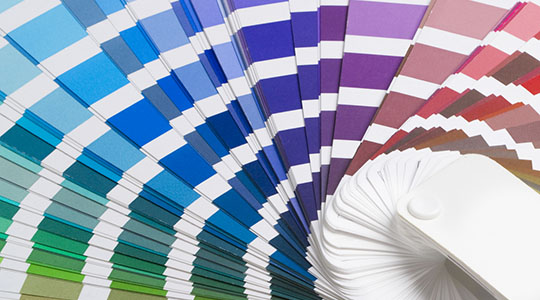

This is where metallic ink really shines – figuratively speaking. Since metallic ink can be mixed with CMYK colours, you have a wider range of colour options to play with, including custom hues. Metallic inks can be blended to create unique shades, but keep in mind that the shine may vary between colours, with some appearing more reflective than others.
Foil stamping is limited to the specific colours of the foil sheets, but these colours are incredibly vibrant and consistent. Popular shades like gold, silver, rose gold, and holographic options give you plenty of eye-catching possibilities, even if the range is more defined.
Winner: Metallic ink for variety; hot foil for consistency and vibrancy.
4. Which is more cost-effective?


Metallic ink tends to be the more affordable option, as it can be printed alongside CMYK colours in the same press, reducing production time and cost. It’s an excellent choice for those who want a subtle metallic effect without blowing the budget.
However, hot foil is a premium option that requires more time and specialised equipment, leading to higher costs. But for that extra investment, you get a finish that looks undeniably luxurious, with a crisp, reflective sheen that’s hard to match.
Winner: Metallic ink for cost-efficiency; hot foil for premium results.
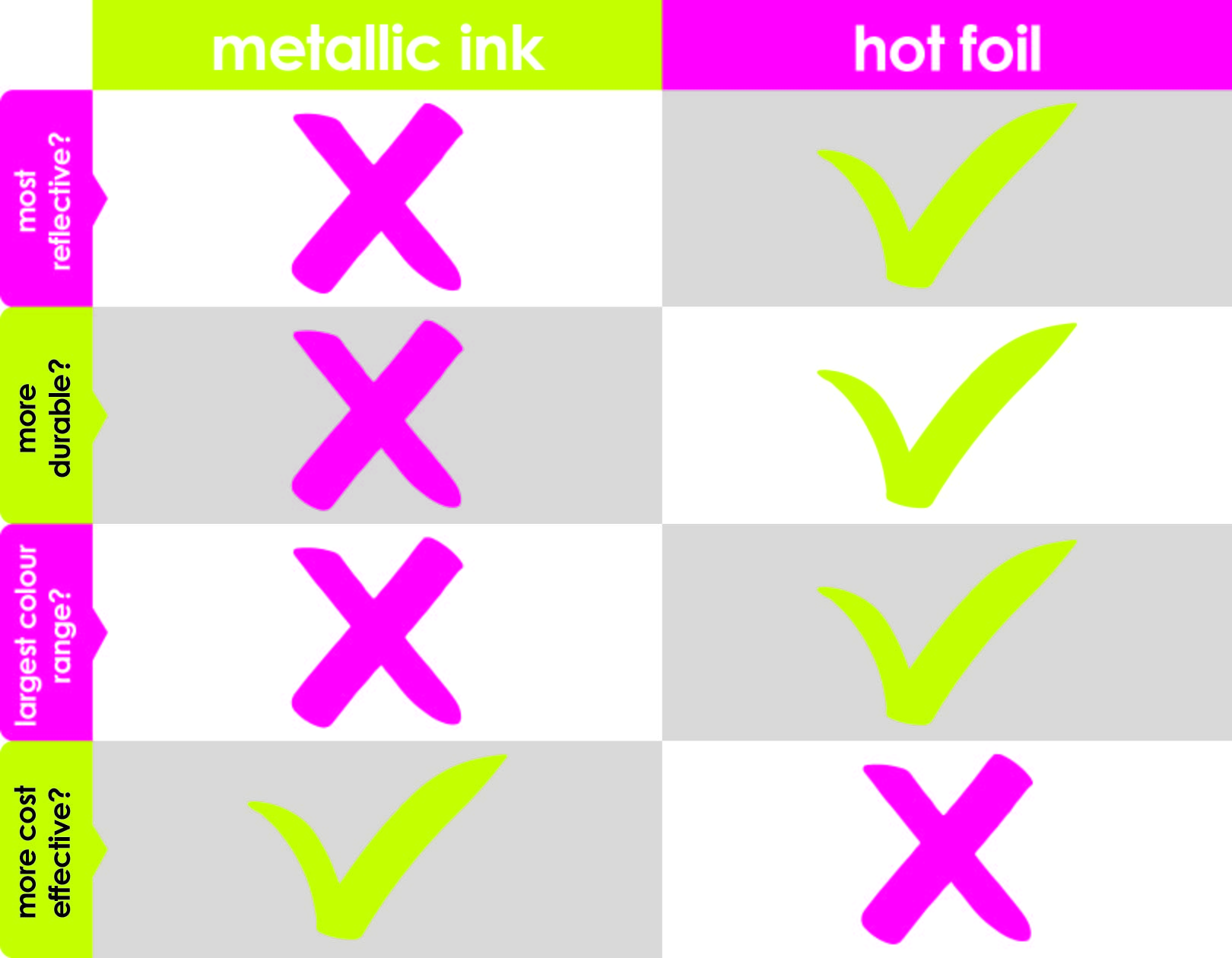

Why Choose Hot Foil for Your Business Cards
While both methods have their benefits, we believe hot foil business cards offer the ultimate in sophistication and shine. With our extensive range of foil colours, including golf, silver, holographic, and rose gold, we can create a design that perfectly matches your brand’s aesthetic. Hot foil also delivers that unmistakable luxury that helps your business card stand out in a sea of competitors.
If you’re still unsure which is right for you, why not see the results for yourself? Order a sample pack from The Foil Printing Co. to explore our stunning range of foils and see firsthand the difference a little shine can make!

 USA
USA FR
FR
